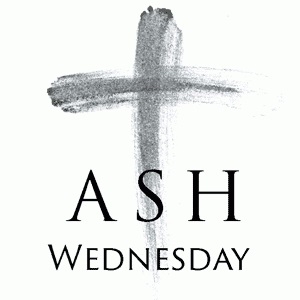Ash Wednesday – First Day of Lent
| Date :04-Mar-2025 |

By Dr William Timothy :
Each year, Ash Wednesday marks the beginning of Lent and is always 46 days before Easter Sunday. Lent is a 40-day season (not counting Sundays) marked by repentance, fasting, reflection, and ultimately celebration. The 40-day period represents Christ’s time of temptation in the wilderness, where he fasted and where Satan tempted him. Lent asks believers to set aside a time each year for similar fasting, marking an intentional season of focus on Christ’s life, ministry, sacrifice, and resurrection.
Ash Wednesday emphasises two themes: our sinfulness before God and our human mortality. The service focuses on both themes, helping us to realise that both have been triumphed through the death and resurrection of Jesus Christ.
During some Ash Wednesday services, the minister will lightly rub the sign of the cross with ashes onto the foreheads of worshippers. The use of ashes as a sign of mortality and repentance has a long history in Jewish and Christian worship. Historically, ashes signified purification and sorrow for sins.
It is traditional to save the palm branches from the previous Palm Sunday service to burn to produce ashes for this service. Sometimes a small card or piece of paper is distributed on which each person writes a sin or hurtful or unjust characteristic. The cards are then brought to the altar to be burnt with the palm branches. The ash cross on the forehead is an outward sign of our sorrow and repentance for sins.
Roman Catholic churches of the Latin Rite use this service to prepare church members to better appreciate the death and resurrection of Christ through self-examination, repentance, prayer, fasting, and self-denial. Ashes from the burnt palms of the preceding year's Palm Sunday are blessed. With these ashes, the priest marks a cross on the foreheads of worshippers, saying, "Remember, man, that dust thou art, and unto dust thou shalt return" (Genesis 3:19 KJV). Besides showing sorrow for their sins, those who honour Ash Wednesday add an additional meaning: the need to prepare for a holy death.
